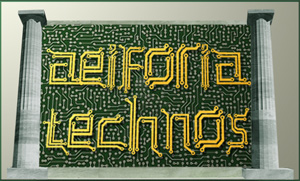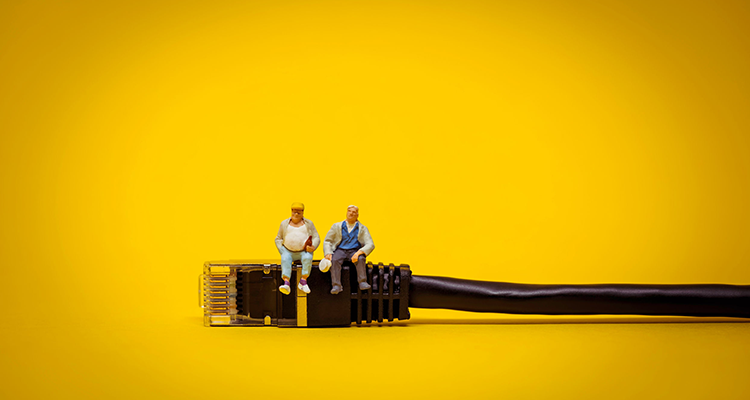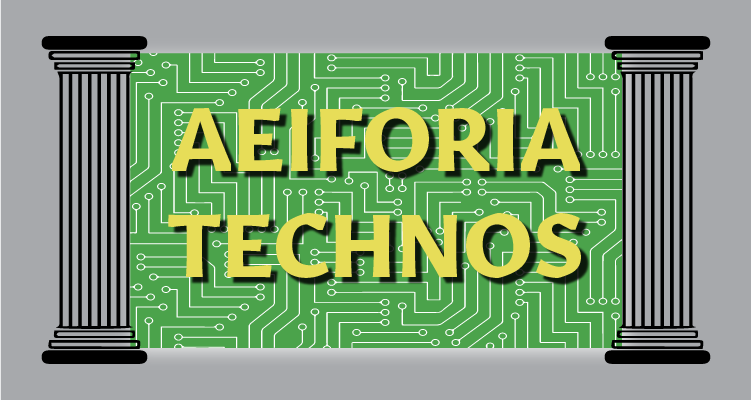Risk – It’s Not Just a Game
 Northwestern Europe has often been seen as the utopia for living sustainable. Not only have they lead the world in locally produced and distributed environmentally sound energy forms, sustainable agriculture, and top notch green building practices, but they have also partnered with their neighbors to share ideas and technologies. The United States recently jumped on board with the newly opened American Innovation Center — the U.S. Embassy in Helsinki. While remarkable for its contribution to the sustainable mantra found in this region of the world it is in a key difference that makes it truly stand out. The entire green tech is 100 percent American designed and made. This includes not only the HVAC, lighting and building materials but the information communications technologies (ICT) as well. This is helping to reduce the overall energy costs down by 47 percent saving U.S. taxpayers 20-50 percent annually on their investment. Additionally, this is not a new facility. The building was constructed as apartments in 1915 and converted to the embassy in Helsinki for about 150 staff retaining over 60 percent of the original structure.
Northwestern Europe has often been seen as the utopia for living sustainable. Not only have they lead the world in locally produced and distributed environmentally sound energy forms, sustainable agriculture, and top notch green building practices, but they have also partnered with their neighbors to share ideas and technologies. The United States recently jumped on board with the newly opened American Innovation Center — the U.S. Embassy in Helsinki. While remarkable for its contribution to the sustainable mantra found in this region of the world it is in a key difference that makes it truly stand out. The entire green tech is 100 percent American designed and made. This includes not only the HVAC, lighting and building materials but the information communications technologies (ICT) as well. This is helping to reduce the overall energy costs down by 47 percent saving U.S. taxpayers 20-50 percent annually on their investment. Additionally, this is not a new facility. The building was constructed as apartments in 1915 and converted to the embassy in Helsinki for about 150 staff retaining over 60 percent of the original structure.
As what happens to most old buildings, it was in need of some significant repair to bring it up to modern standards and improve efficiency and safety. The $125 million dollar renovation acts like a beacon for the public offices of the U.S. Embassy in Finland for economic, political, and cultural discussion. The facility also serves as a link to European and Asian markets looking to do business with the West showcasing what is possible with American know-how in sustainable technologies. The General Services Administration (GSA), which owns and operates all of the federally owned buildings globally took the risk to test the technologies and plan on using these strategies in all future projects at home and abroad including the new embassy in London expected to open in 2017.
So why bring up yet another publically funded project with what can seem like unlimited resources that showcases technologies that seem impossible for the everyday private entity? It isn’t just the cool tech we designed and produced in America for the project, or the large budget, or even the fact that it is located in a part of the world who truly understands the benefits of a sustainable built environment. It is because someone in the chain of the process made a decision to try something new and was prepared to fail as a result. Being willing to move the ball forward and risk failure has been the American way since we started this crazy experiment of a country. It is the people in private industry who have taken the most risk to create disruptive technologies that transformed our world (Thomas Edison, Henry Ford, Steve Jobs, etc.) that have proven most successful in enterprise.
The industry now has as a result of this project and others like it (Wayne Aspinal Federal Courthouse: Boulder, Colo. – LEED Platinum Net Zero) a roadmap of tested practices, products, strategies, funding and the like to move into privately funded projects with success in reducing the carbon footprint of the built environment. What we lack, however, are a majority of private sector people in America who are willing to try new things and take a chance outside of what has worked in the past for them and what they feel may be “safe” partly for a lack of understanding or investigation into trails that have already been laid out by others (including the government).
Having presented in panel discussions at the Sustainability in the Arts Conference in Toronto last February, I had the great opportunity to meet people from around the world doing amazing things with technology, sustainability and the arts all who are sticking their neck out to move that ball down the line but doing it through thoughtful exchange of ideas and creative discussion. What most impressed me was that they are what I would consider my clients. They are the leaders who are willing to take the risk knowing that they have little room for error and even smaller amounts of capital to expend. The question is will I take it with them? I often like to think I am, however, I often get pleasantly surprised at how much risk my clients are willing to take for the sake of advancement in a particular area. For me that is in the ICT projects we are involved in where often we are cutting new paths in both private and public work.
Everyone understands that the U.S. has been slowly coming out of the deepest recession since the Great Depression, not taking on these challenges has been the Great Excuse. Americans have always come out on top when faced with adversity and necessity — together they have always been the mother of invention. It has been acknowledged that it isn’t business as usual anymore and that new ideas, materials, and processes are needed to succeed post-recession.
As your clients are getting back on their feet, now is the time to bring your creativity, thoughtfulness, and willingness to take an educated chance to help them reduce their carbon footprint while lowering their operating costs and providing a better service while showcasing your know-how. Fortunately the GSA is all too willing to share what it has learned through these types of projects. You also might be surprised at how advanced your clients already are in terms of their knowledge of sand stomach for sustainability and may be looking to you to contribute. The best thing you can do is ask and share your ideas.
I recently wrote about listening to your client’s goals and doing a soft sell on “green tech” by showing how the strategies you are laying out help them with their goals AND are good for the environment as a win-win scenario. That is a good path for aligning yourself to your client’s way of thinking while providing maximum benefit to their triple bottom line. It also can help you to take some chances with minimal risk. Understanding the challenges, opportunities, and potential pitfalls of new ideas, technologies, and methods while aligning them to your client’s goals will guide you in that great American tradition of taking a chance. Who knows maybe one of your private entity projects will lead the way for how the GSA moves their ball forward in a world where every increasing efficiency in the built environment in the norm and not just overseas in Helsinki.




